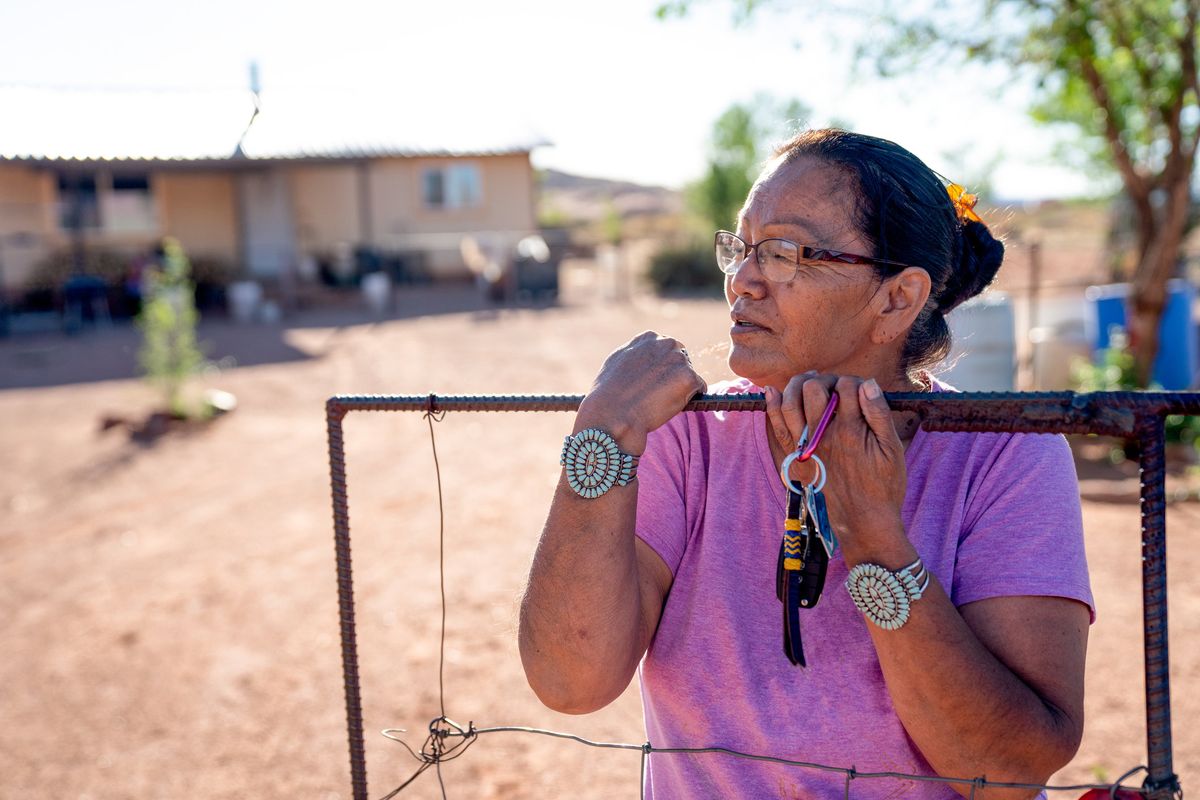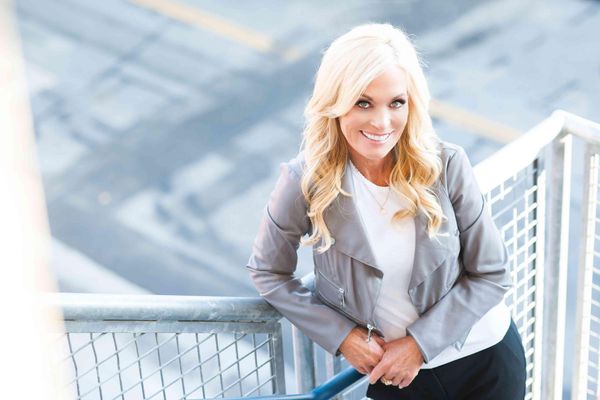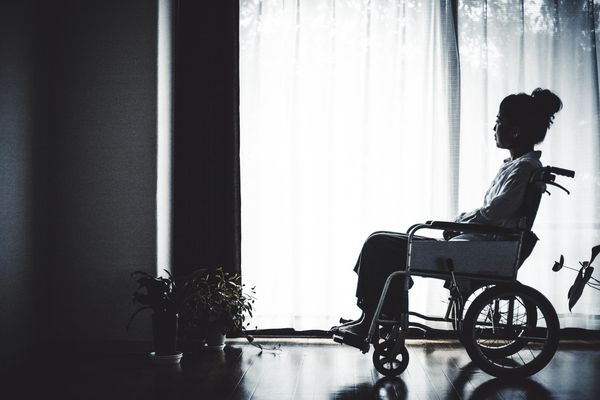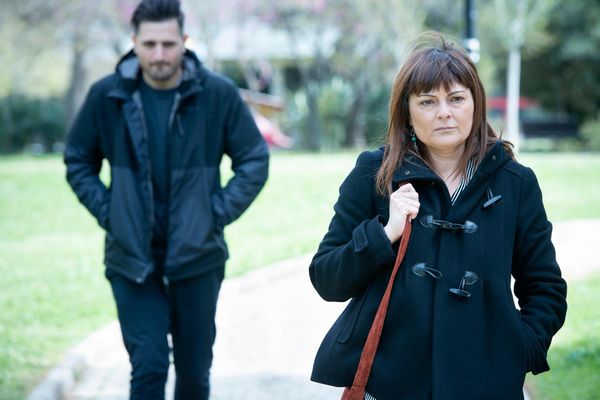COVID-19 has forced millions of Americans to practice social distancing and work or learn remotely from home. Unfortunately, for many who live with domestic violence, home is the last place that feels safe, as abusers often isolate their victims from friends, family and coworkers as a control tactic.
Stacey*, a stay-at-home mom, didn't realize the emotional abuse she was experiencing was considered domestic violence until the pandemic hit. "The lockdown escalated existing tensions with my husband," she said, "and it took speaking with a therapist to realize that my home, which I had always considered a safe haven, no longer felt secure."
More than one in three woman in the United States will report physical violence, stalking or rape by an intimate partner during their lifetime. The number is even higher for minority women and members of the LGBTQ communities.
American Indians are three times more likely to experience sexual violence than any other ethnic group, and a staggering 84% of Native women (American Indian and Alaska Native) experience domestic violence during their lifetimes. Just over 45% of Black women experience physical violence, sexual violence or stalking by an intimate partner in their lifetimes. Bisexual women experience the largest percentage of intimate partner violence of any sexual orientation group, and according to at least one study, transgender women also experience more violence than cisgender women.
Confinement due to COVID-19 is escalating domestic violence cases, with many abusers using the pandemic to control those they abuse. While it's difficult to calculate exactly how many more women have been impacted by domestic violence during the pandemic, the National Domestic Violence Hotline has reported a 9% increase in phone calls, chats and texts about domestic violence issues in the United States. Last April, the United Nations published a study that projected a 20% increase of domestic violence worldwide during the pandemic.
Using COVID-19 as a weapon
Abuse is about power, and COVID-19 offers a unique opportunity for abusers to control their partners.
The National Domestic Violence Hotline said that the pandemic could make abusive partners feel more justified in using violence and may increase their use of isolation tactics. These tactics may include withholding insurance cards or preventing women with COVID-19 symptoms from seeking medical attention.
Abusers might even refuse to provide their partners with hand sanitizer to keep them safe while out of the house or they may capitalize on travel restrictions, which limit a woman's ability to leave a dangerous situation. Abusers may also shut off phone or internet service to limit their partners' ability to connect to people outside of the home.
Financial abuse
Margaret Bayston, CEO and executive director of Laura's House, a domestic violence shelter in Orange County, California, said that she's seeing an increase in toxic stress in homes due to job loss and job disruption.
Domestic violence advocate, survivor Melody Gross, also believes that this economic hardship has contributed to a rise in domestic violence.
"Many people have lost their jobs and some women are suddenly becoming the sole providers for their families. This is really hurting many men's egos — it doesn't fit the patriarchal narrative of how they think they're supposed to look," Gross said.
She added that the loss of control over money can trigger some men into becoming violent and financially abusive. Financial abuse occurs in 99% of domestic violence cases, and it is one of the biggest reasons why women stay with or return to abusive partners.
This sort of abuse may involve hiding information about finances, limiting access to funds, or forcing women to hand over public benefits such as unemployment checks. In extreme cases, abusive partners may forbid women from working or sabotage employment opportunities in an effort to control their partners' every move.
Come up with an exit plan
Gross said that women experiencing domestic violence should create a safety or exit plan that will allow them to leave the situation they are in.
"This plan looks different for each person," Gross said. Her own plan included recognizing that what was happening to her was, indeed, domestic violence. She also got a restraining order and found a lawyer.
For other women, their plan may include leaving a disposable cell phone hidden in the car, keeping a folder in a safe place that contains all important documents, figuring out where the kids would go if an incident were to occur, or coming up with a code word to share with a friend or neighbor that could be used to trigger an action such as calling the police.
Bayston also supports creating an exit plan. "Some women may find it more difficult [during the pandemic] to apply for a restraining order," she said, adding that women can take advantage of telehealth services to discuss their situations with mental health care providers or even with trusted coworkers via video chats.
Coworkers, neighbors, friends and family who suspect someone is suffering domestic abuse may want to offer support. Bayston said that there are four main components to what this support should include:
- It takes great courage to come forward. Be a good listener and believe the victim or survivor.
- Don't label either the woman experiencing abuse or her abuser, as this may cause shame, embarrassment or other feelings that may prevent her from seeking help.
- Find local resources and help create a safety or exit plan. This may include making a few phone calls, helping to gather information, or offering to help with young children.
- Don't blame the woman. It is never, ever a woman's fault for the abuse inflicted upon her.
Gross and Bayston emphasized that there are also resources for perpetrators of violence, including family education and therapy.
"We don't believe that people can't change," Bayston said. "The cycle of violence can be broken."
*The name Stacey is a pseudonym.
Resources
National Domestic Violence Hotline
The National Coalition Against Domestic Violence







